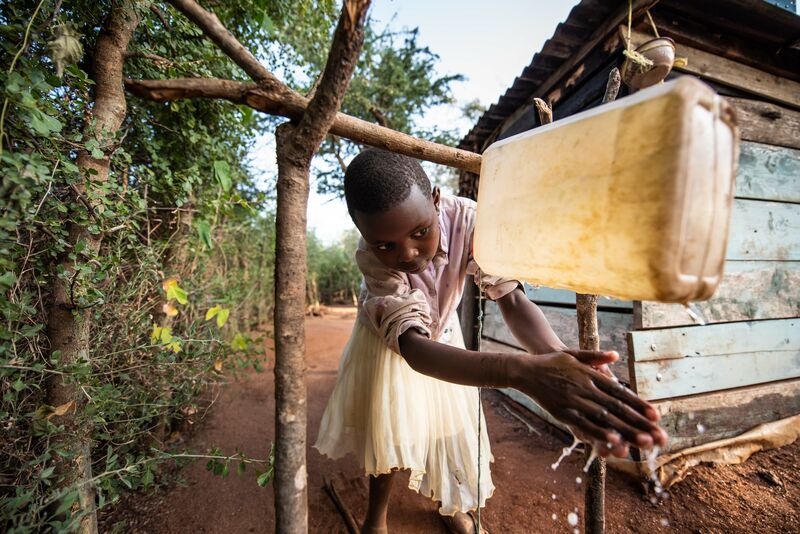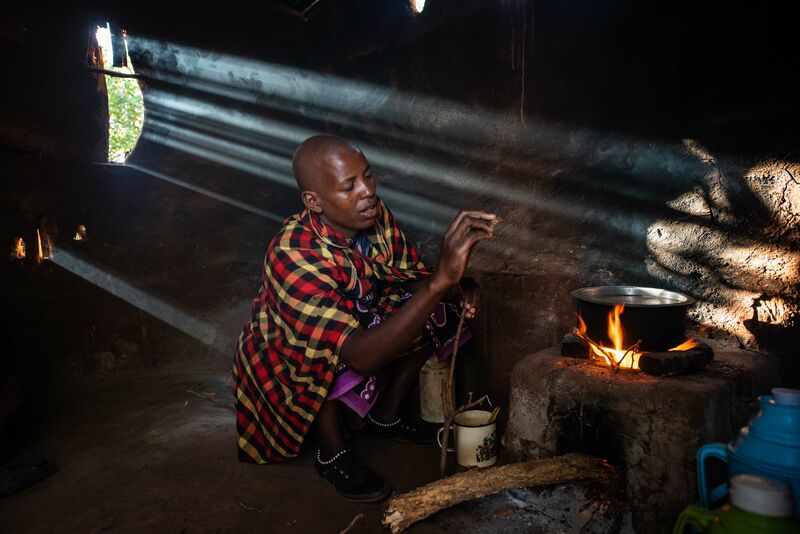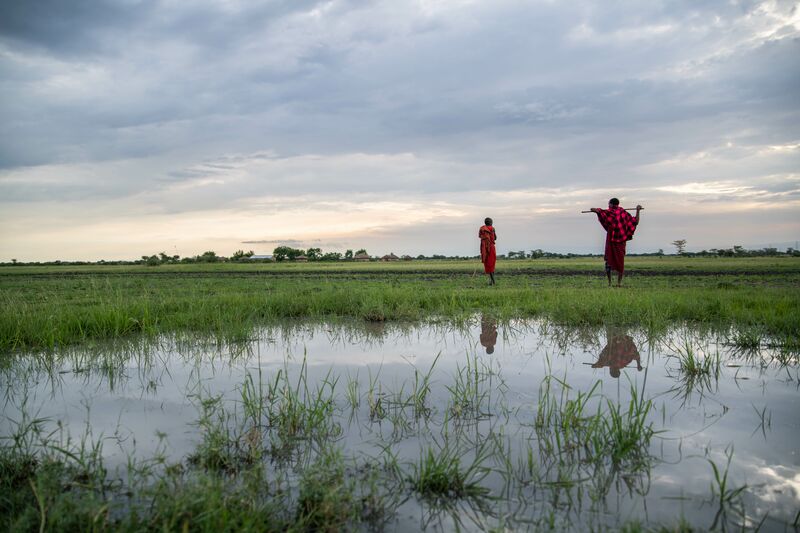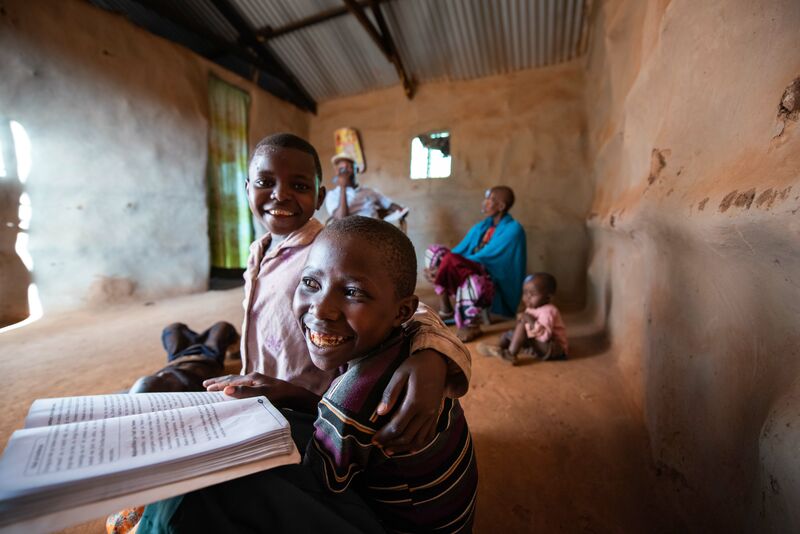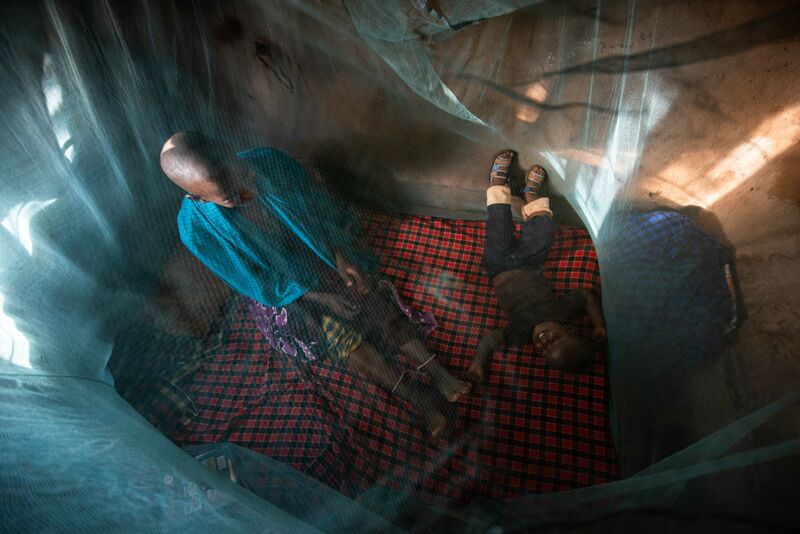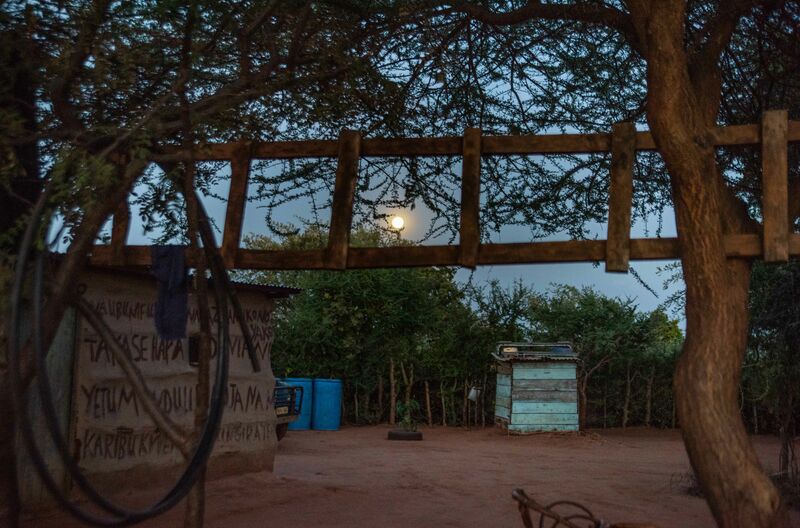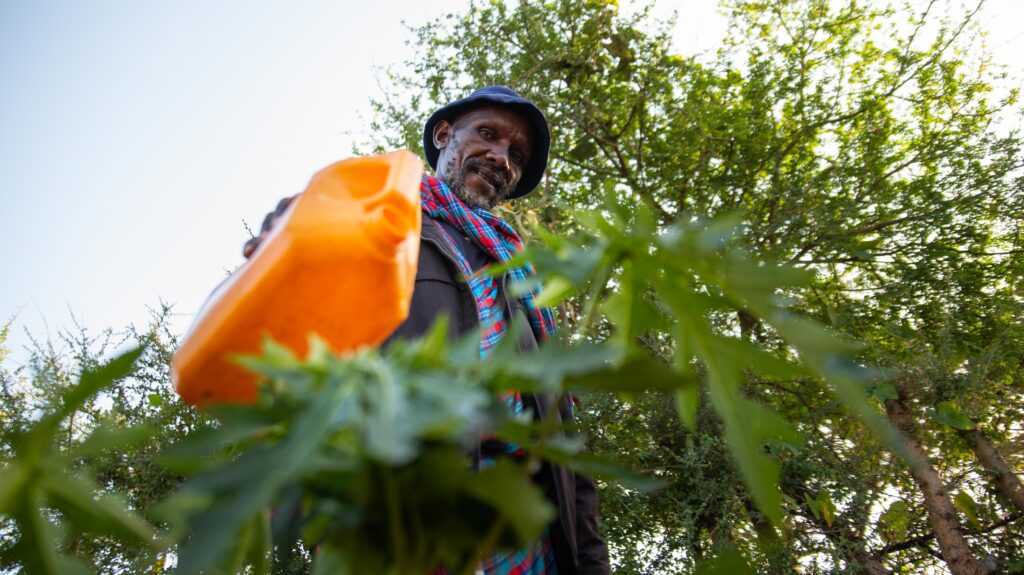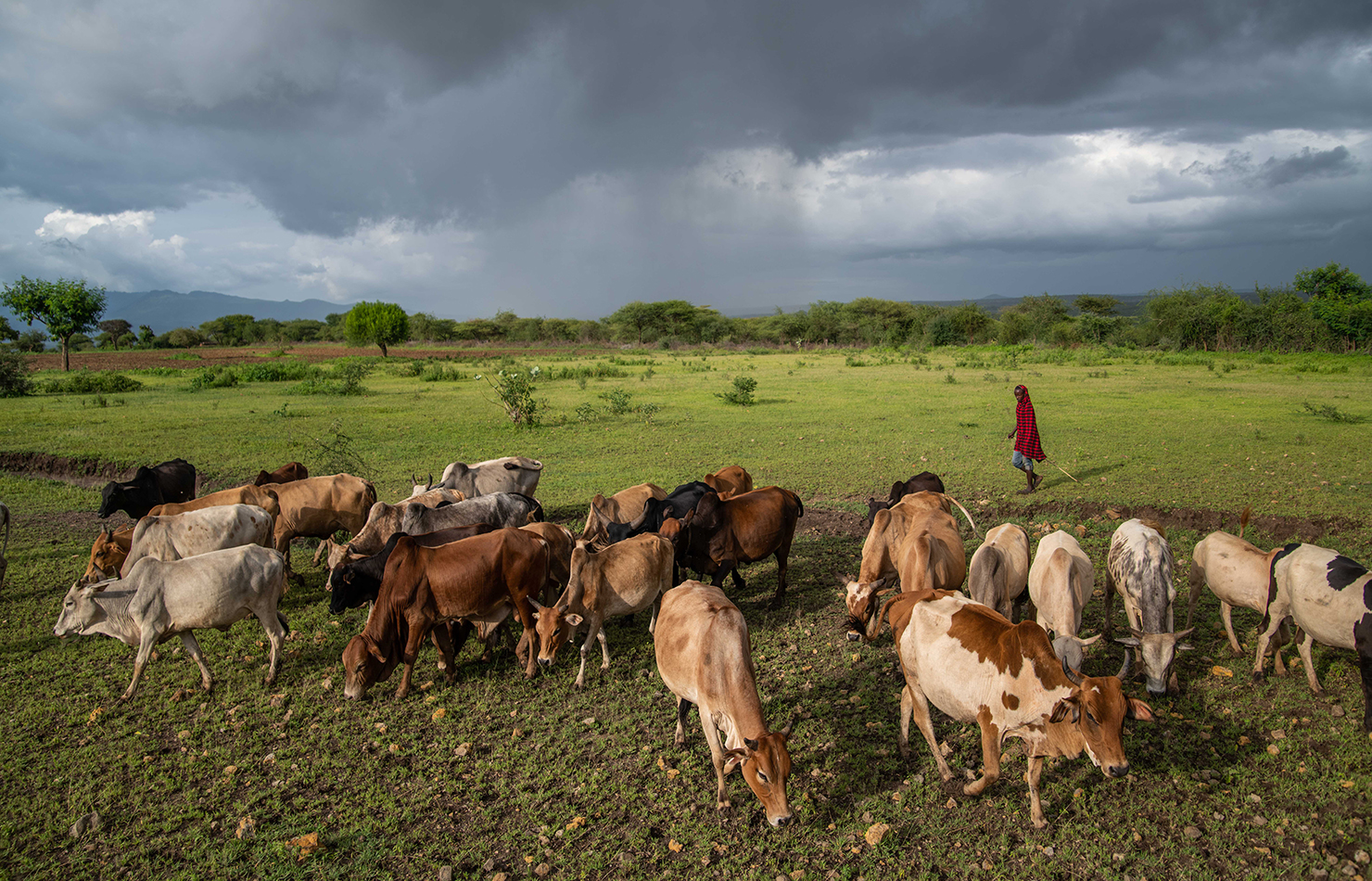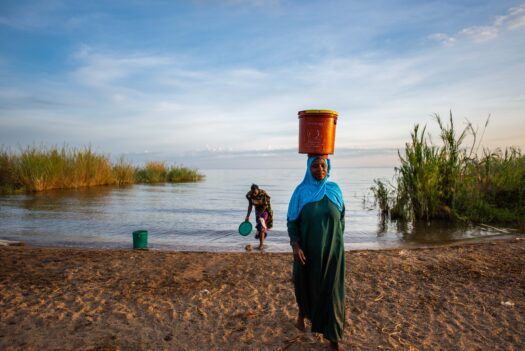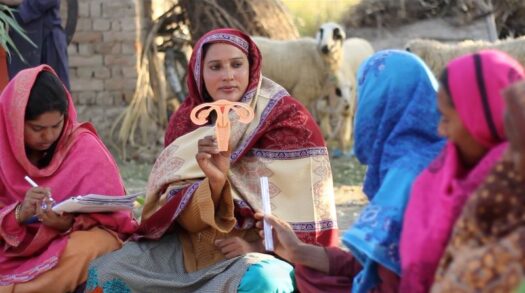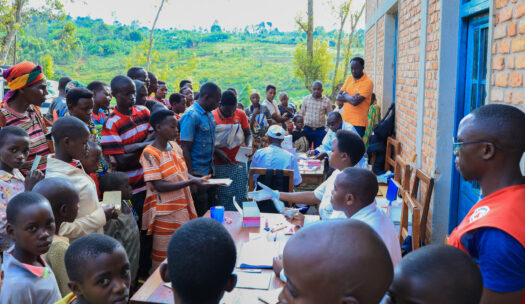In Tanzania’s Great Rift Valley, the northern savannah rangelands support the lives and livelihoods of thousands of pastoralists and hunter-gatherer communities. These grasslands, comprising roughly 3 million hectares, are critical for both people and local wildlife, but in recent years, additional pressures from climate change and the basic needs of a growing population threaten the resources on which they all depend.
Since 2014, the Northern Rangelands Tanzania Initiative (NTRI) has been working with partners, government leaders, and community members to reverse the trends that damage this landscape, for the benefit of both people and nature. Part of NTRI is Pathfinder’s Endangered Ecosystems of Northern Tanzania (EENT) program. EENT applies an integrated approach to improve the health of communities living in the northern rangelands and the environment on which they depend. The program has made communities more resilient to environmental shocks through interventions that empower women and girls and contribute to gender equality. This approach includes:
- Conducting community trainings with local climate champions who work with the communities to ensure that they have the information and access to resources needed regarding their health and environment.
- Creating ‘model bomas,’ households that undertake rigorous health, agricultural, and sanitation shifts to increase the land’s productivity, and the health of family members.
- Linking community volunteers to formal government health structures, which helps reach populations throughout the region.
- Increasing availability of mobile outreach services for family planning.
- Increasing women’s access to credit and financing through village savings and loan groups in order to establish environmentally friendly micro-enterprises
And, the impacts are visible.
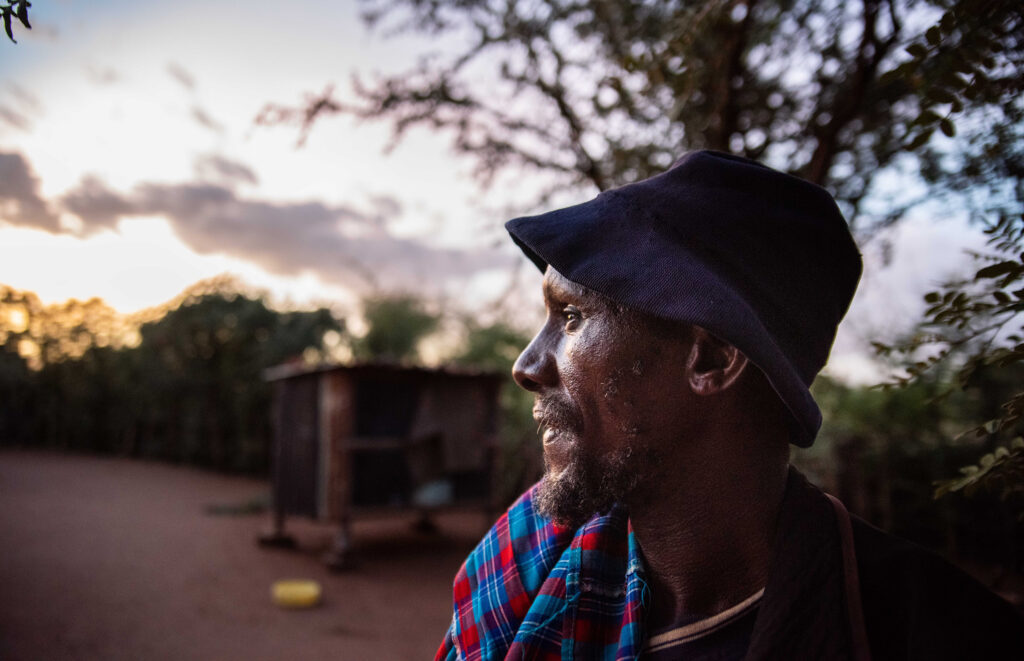
“Human life and environment are two things that depend on each other,” says Long’ida Ngitiri. “When you conserve your environment, you improve your life. But when your destruct the environment, you destruct your life.”
Long’ida Ngitiri’s and his family have a model boma – one of more than 1538 model households that have adopted climate positive behaviors. Alongside his family, and with training from local PHE champion Clemence Sindiyo, Ngitiri’s home has elements critical to a model household – a full pit latrine, tippy taps for hand washing, and a water catchment receptacle for rainwater harvesting.
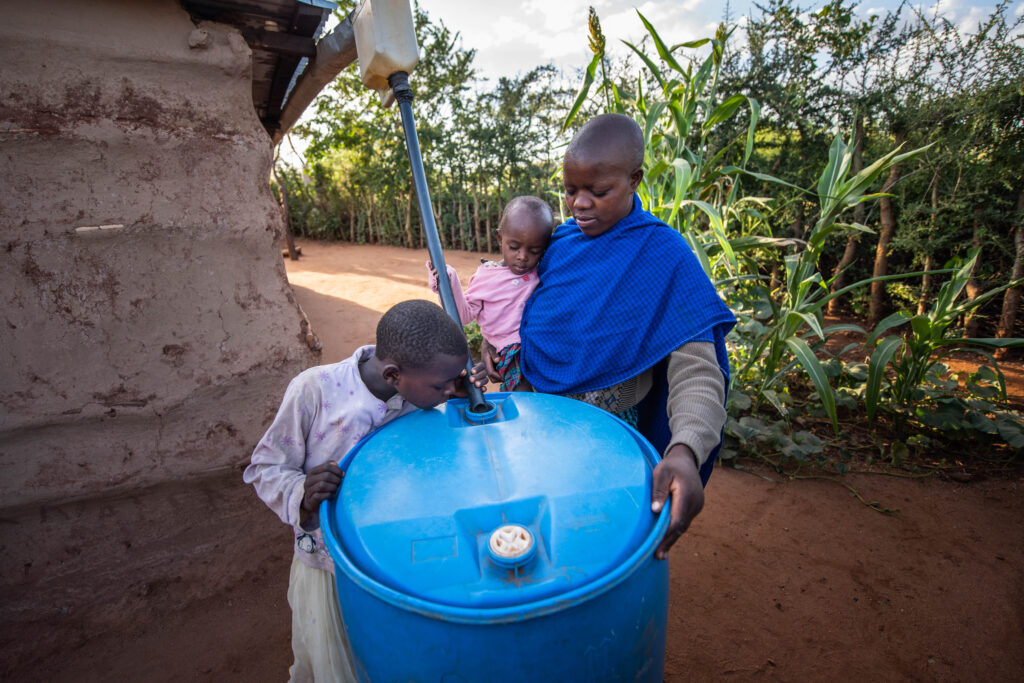
Model bomas move far beyond basic sanitation measures. Mosquito nets are put around all bedding to prevent mosquito borne disease. Living walls – fences made with local shrubbery and thorns – prevent livestock from being attacked by predators like hyenas. Energy saving stoves allow less wood to be burned, and grass is cultivated so livestock have food year-round. Women members of model bomas participate in group savings accounts in community conservation banks, and equal attendance at school between boys and girls is required.
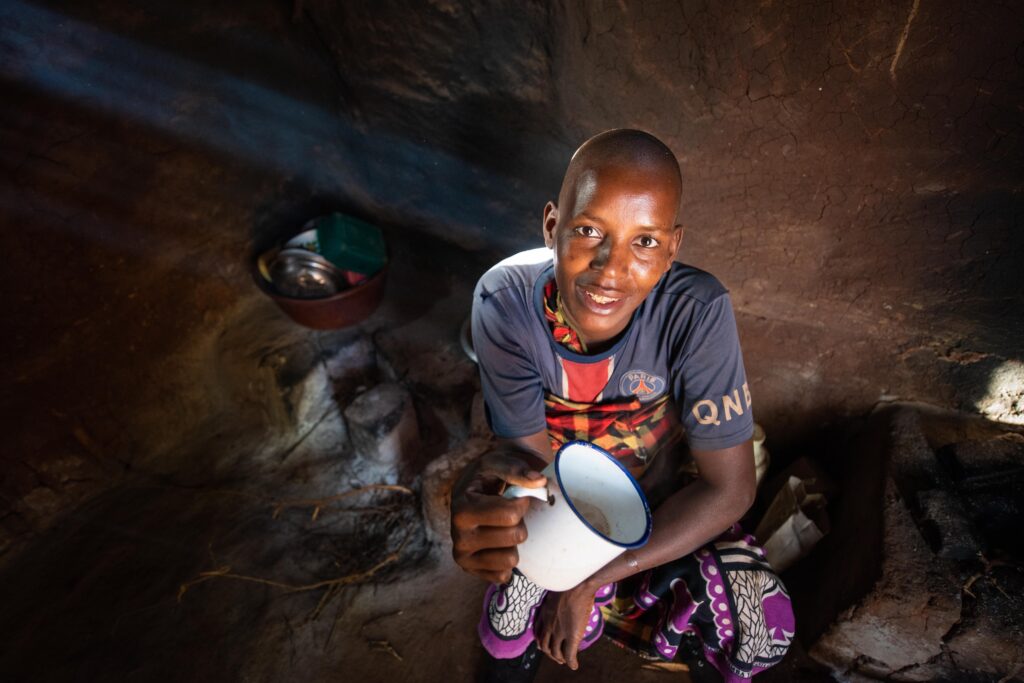
“Nowadays life has changed a lot,” says Naishiye Long’ida. “You can find it is possible for women to own land, to participate in household and community decision making, girls are attending school like the boys. These are the greatest and fundamental changes we needed in our patriarchal society.”
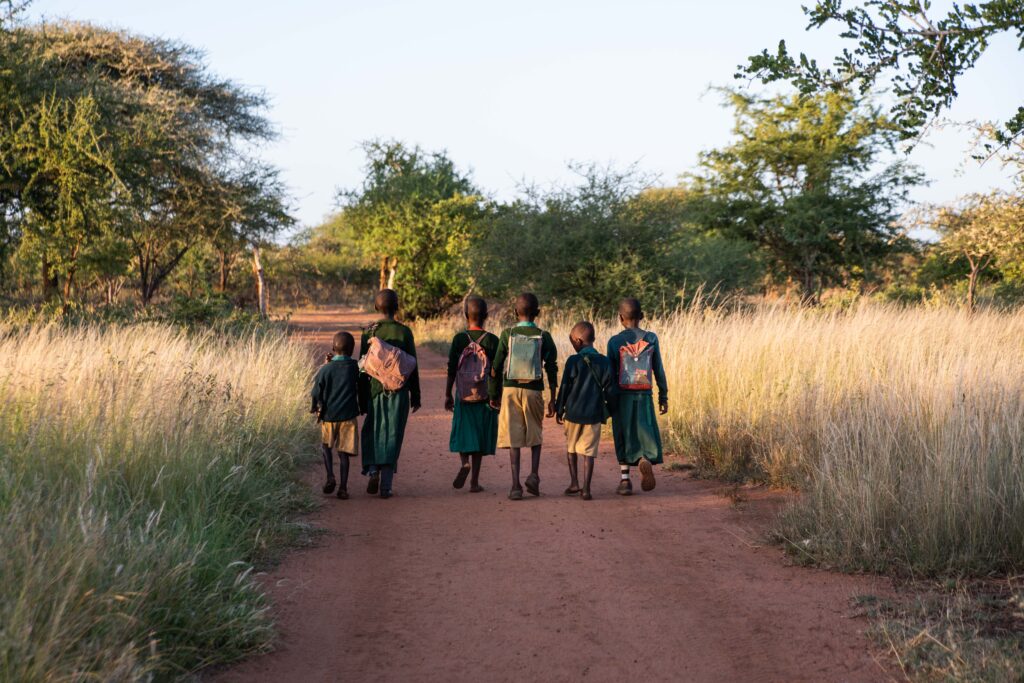
Clemence Sindiyo, the local climate champion and a Maasai herder, has helped develop numerous aspects of model bomas with community members, including building pit latrines, tippy taps, and water catchment systems. He also serves as a role model himself, welcoming veterinary doctors to treat his animals, keeping a manageable herd of cattle, and developing a large-scale ‘living wall,’ which protects his cattle from predators with brush and thorns.
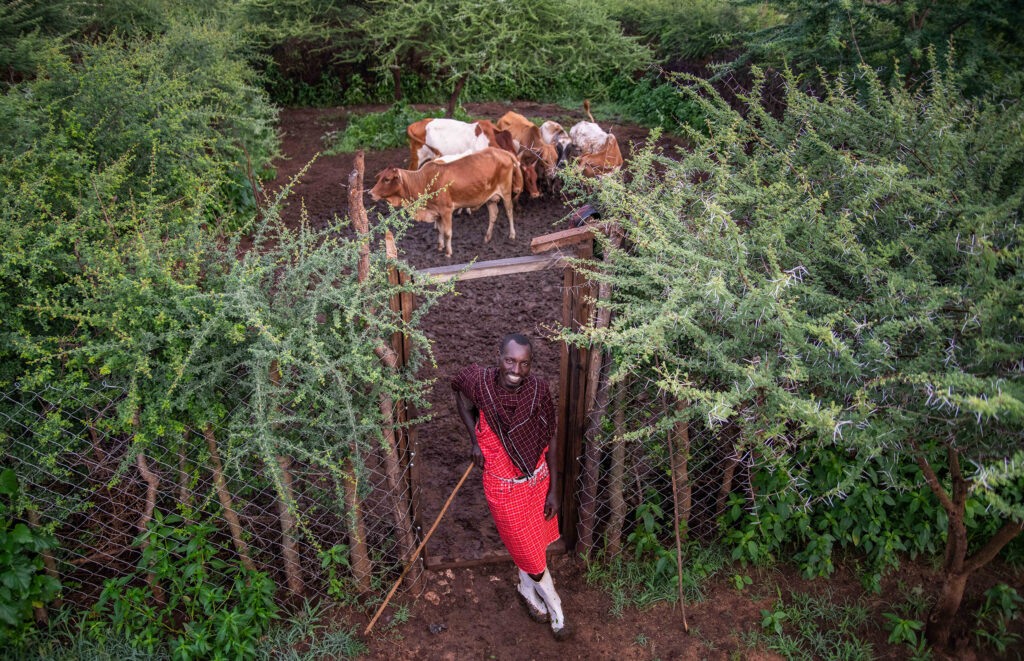
“I am a climate champion – and also one of the project beneficiaries,” says Sindiyo. “The (EENT) project has imparted many skills which help me and my community in health, environment, and income generation aspects. Now, I am comfortable to stand in front of others and say that my community has received dramatic changes because of accepting my role of being a climate champion.”
As a champion, Sindiyo also helps develop links between the community members and local health facilities and services. At the local health dispensary, Pathfinder, through the E2A project, supports family planning and health management information system trainings, and provides critical medical equipment and supplies such as intrauterine device kits (IUDs), operating beds, sterile drums, and autoclaves which can be used in the facility and during service outreach.
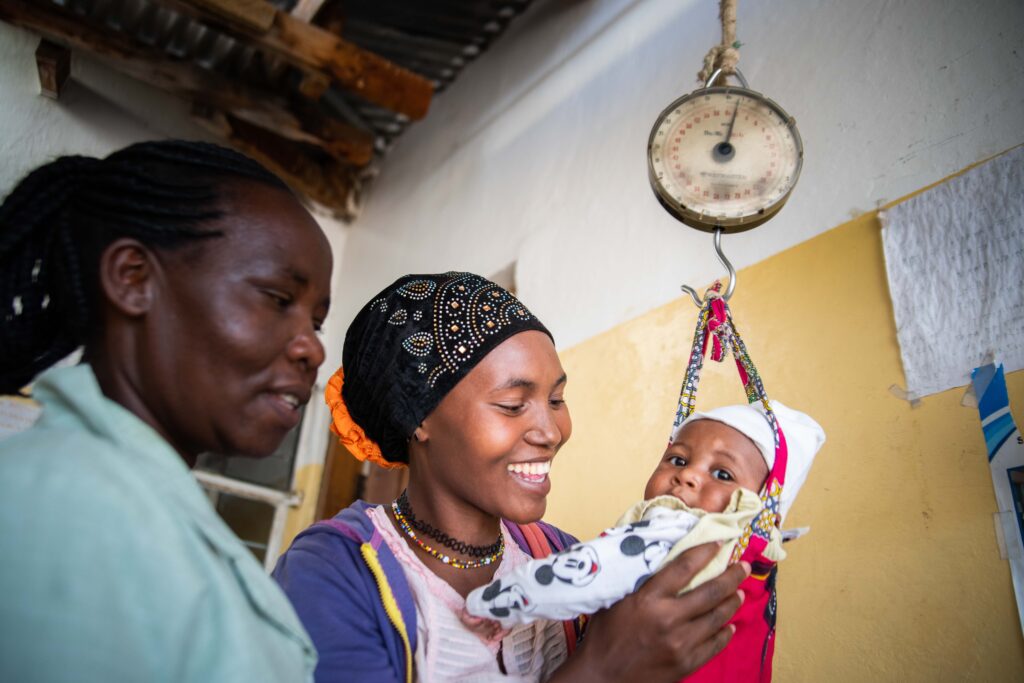
Pathfinder’s approach is holistic, out of the recognition that incorporating sexual and reproductive health interventions into existing conservation and livelihood interventions brings about exponentially greater results for communities. At Pathfinder, we invest in making women, girls, their communities, and our entire planet more resilient to climate change through Women-Led Climate Resilience. At the heart of this multi-sectoral approach are programs that marry health and conservation interventions, empower women and girls, and support the viability of communities.
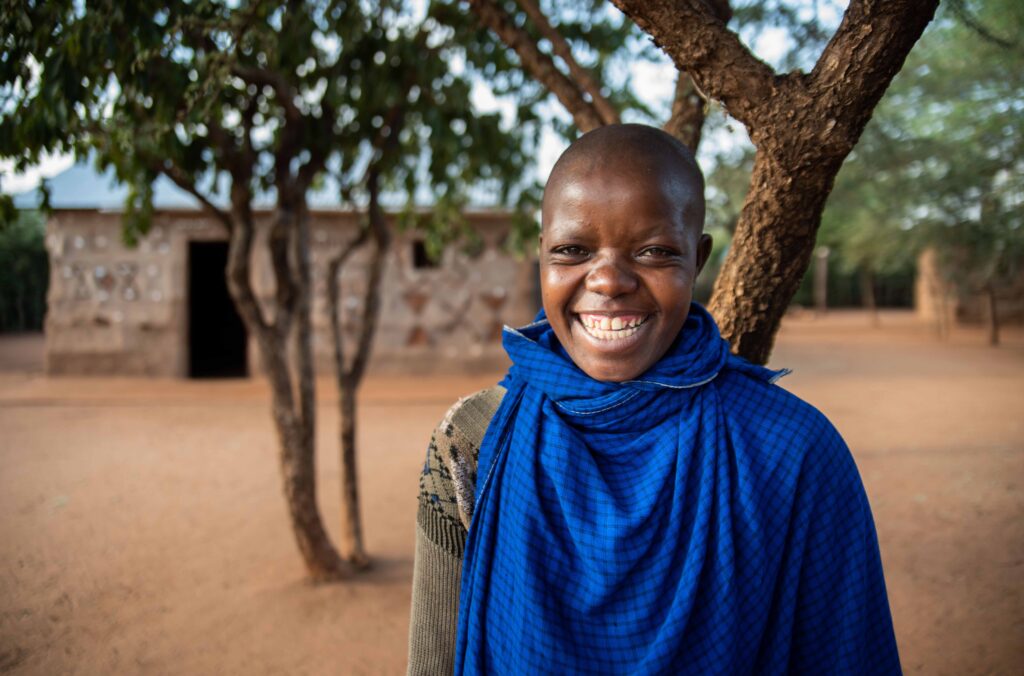
Maria Long’ida sees it clearly.
“Through education and knowledge received from Pathfinder,” she says, “we have improved our family and personal hygiene. We made voluntary decisions to start using family planning. We improved our boma surroundings and environment.” And, lastly, she says, “we learned a concept of gender equality where now we are able to participate in household and community decision making like men.”
And, she’s not alone. More than 4,200 participants – 82% of whom were women – enrolled in programs that generated direct economic benefits including leather tanning, beekeeping, micro-enterprises, and work as village game scouts, human wildlife conflict officers, and rangeland monitors. Women’s rights and leadership forums have enhanced women’s voices in their communities, and more than 300 community leaders are promoting gender equity and women’s and youth empowerment in the region.
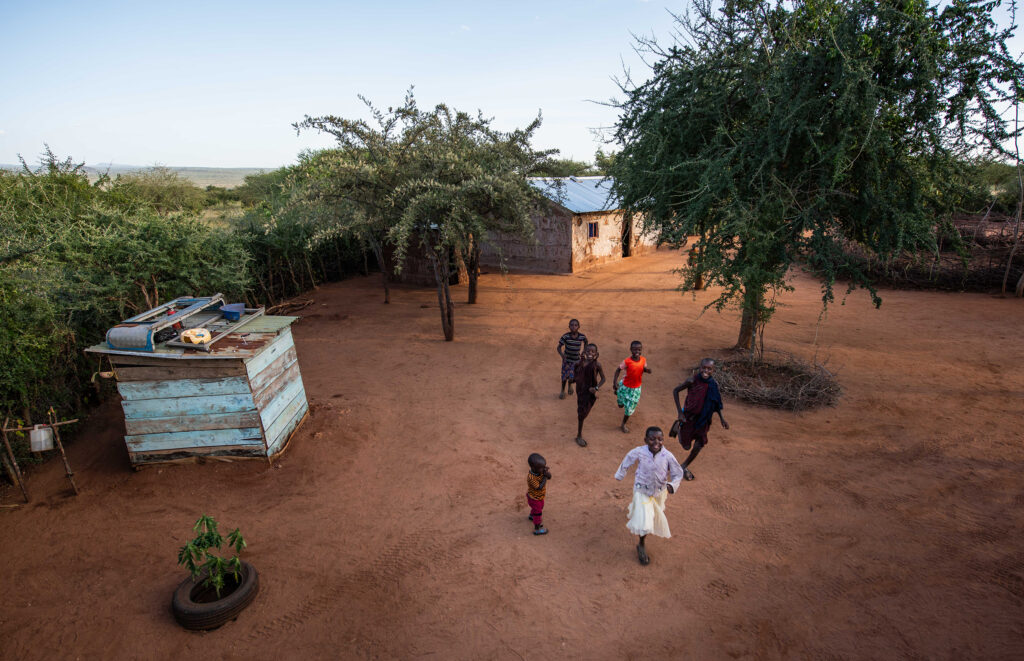
Adds Long’ida. “It’s time now for the pastoral society to take the necessary measures to conserve our environment for the future and sustainable life.”
